From Thought to Action
In order to act differently, we need insight. It is only once our worldview shifts, even slightly, that we can embrace behaviours that are more conducive to achieve our desired outcomes. I see it all the time, that Aha! moment when a group suddenly understands the situation under another light. What was an issue, a showstopper or a conflict slowly morphs into a possibility that the group can act upon.
The objective of my workshops, seminars or coaching is to help you shift your perspective so that you can act in a way that will help you achieve the desired goal.
My art is to facilitate that path so you can act, making it smoother for you, whilst outlining the milestones towards your goals.
Create a vision and team alignment
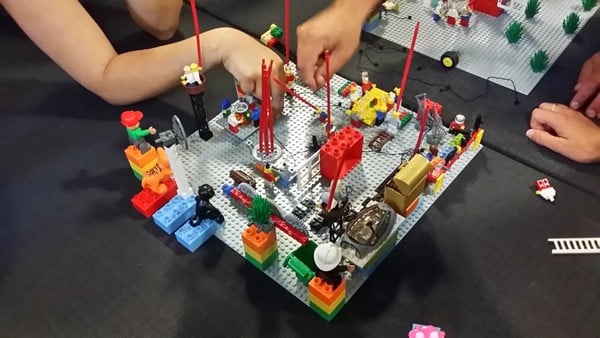
An example of a team (6-12 participants) vision using Lego® Serious Play®. It represents a detailed desired future state, each brick on the plate having meaning and representing an aspect of it. Team values and other management pillars can be added to facilitate implementation.
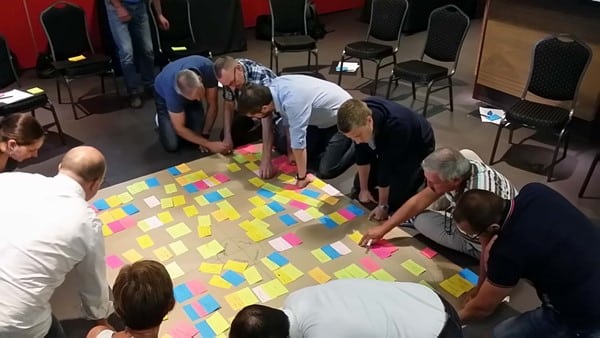
A group of participants are listing the actions they need to perform on Post-It® notes as part of a vision workshop. They are at the listing stage; all actions will then be prioritised and linked to available resources.
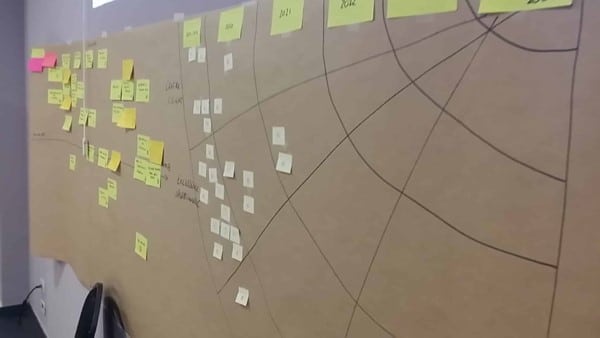
A prioritisation matrix displayed on the wall during the workshop allows all participants to have a global perspective when prioritising actions in time. Resource conflicts and dependencies are also visualised clearly.
The case for applied theory

As a leader in a transformation, to be successful, you need to understand what you’re doing and why you’re doing it. I often provide insight into what theory we shall use and how we will translate into pragmatic actions.
Seeking external advice, is seeking competences and experience that you don’t have inhouse and a fresh perspective.
My aim is not to drown you in theory, instead, I tailor the knowledge to your needs. As a friend once told me “you read the books, just tell me what I need to know”. I will bring you what you need so that those implementing the actions and understand what they are doing, and why they are doing it in that way. It puts them in a position to engage co-workers, give meaning and participates in the knowledge transfer. It’s the famous saying “Give a man a fish, he’ll eat for a day. Teach him how to fish, he’ll eat for a lifetime”.

The above saying illustrated in Lego® Serious Play®. Using metaphor is a central practice to the Lego® Serious Play® methodology and change management and helps people remember concepts and ideas in the long term. It’s also a way of modifying our worldviews.
Moments for reflection and uptake
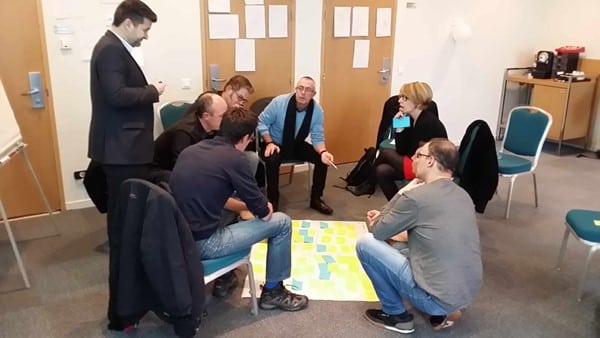
Members of a workgroup taking some time to reflect upon what has just emerged from the session and the practical implications for the way forward.
Meaningful activities
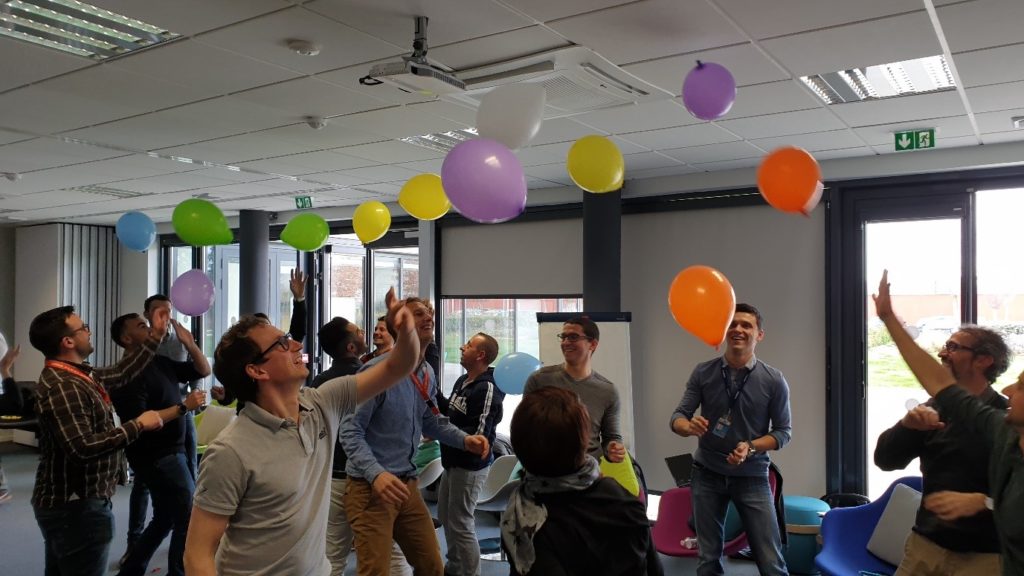
Icebreakers and energizers are necessary to manage participant energy during a workshop. I ensure that each one is inclusive and contributes to the workshop outcomes. We debrief after each one and extract the learning from the activity.
Using mediation for easier discussions
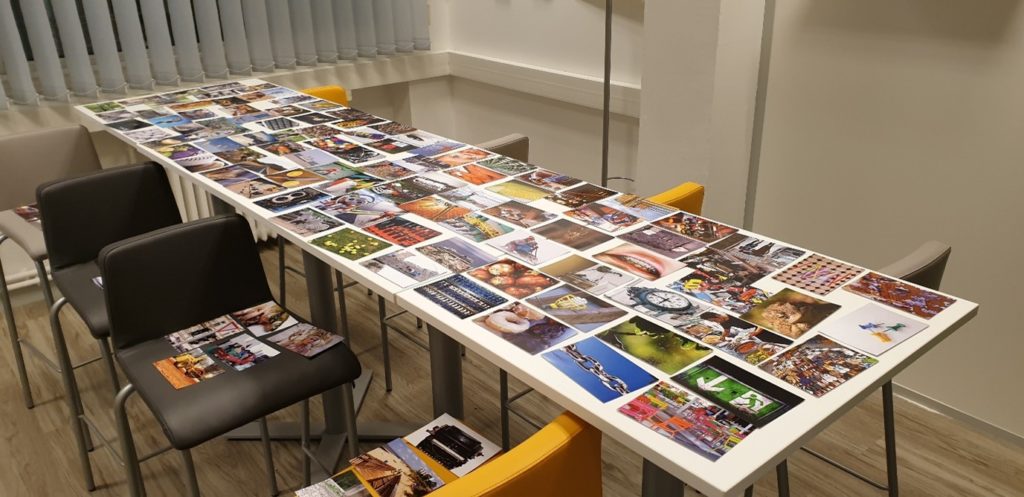
Sometimes it can be difficult to talk to each other authentically or express our ideas. Inspiration and prompts help us do that.

Imagine a workshop in which all participants are fully engaged, where all voices are heard and considered, and where each idea or perspective can be captured.
You can’t impose cohesion, only foster it
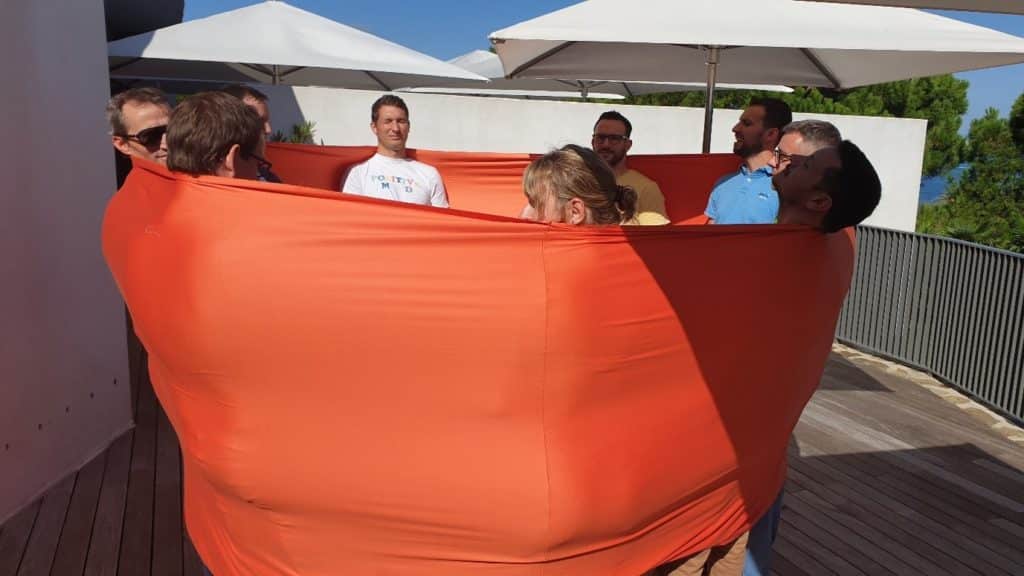
A team debriefing inside a giant cloth cocoon. I’ll let you discover the feeling of this, and I can guarantee you’ll love it! The learning inside the cocoon is legendary!
